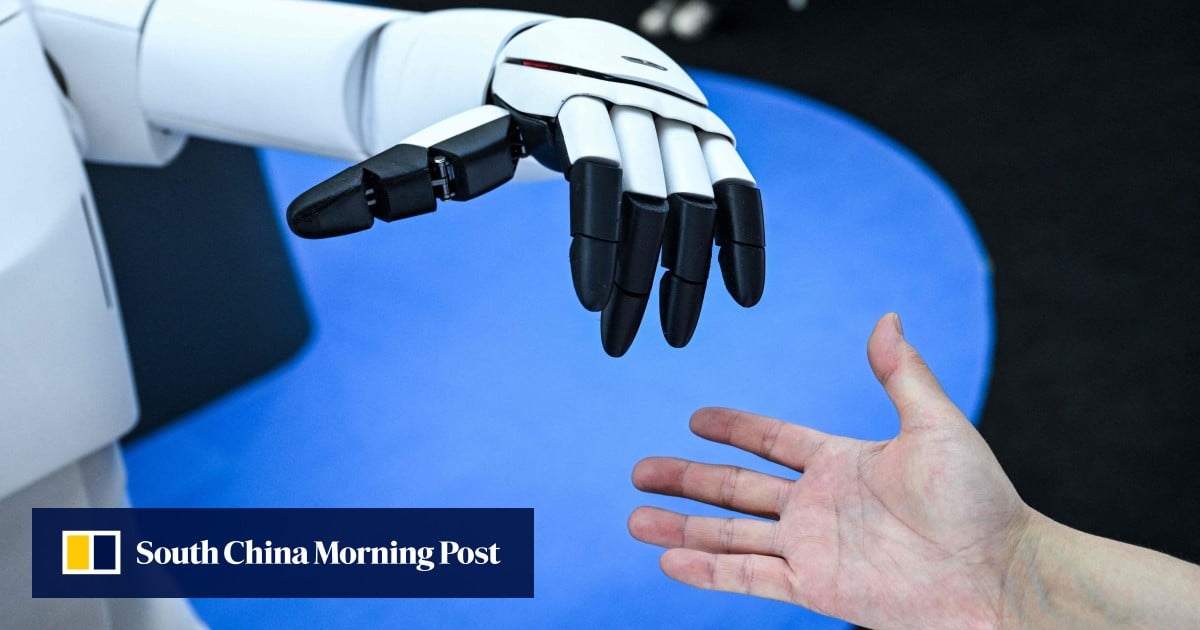
China is making big strides in humanoid robot development, with companies like Waic Shanghai showcasing impressive advancements. These robots, often dubbed "humanoid robots" or "androids," are designed to perform tasks similar to humans, aiming to address labor shortages and improve efficiency in various industries. The focus is on creating robots capable of physical work, like lifting, carrying, and collaborating with humans, potentially revolutionizing sectors like manufacturing, logistics, and elder care. Early demonstrations highlight capabilities in mobility, manipulation, and even basic interaction with the environment, though challenges remain in areas like dexterity and adaptability.
While China is leading the charge, the technology isn't without its competition. Tesla's Optimus robot, a similar humanoid design, is reportedly behind schedule and facing production hurdles. The race to develop commercially viable humanoid robots is intensifying, with companies investing heavily in research and development. Experts predict that the first widespread applications of these robots could be in specific, repetitive tasks, gradually expanding to more complex roles. The development also raises questions about job displacement and the future of work, highlighting the potential societal impact of this rapidly evolving technology.